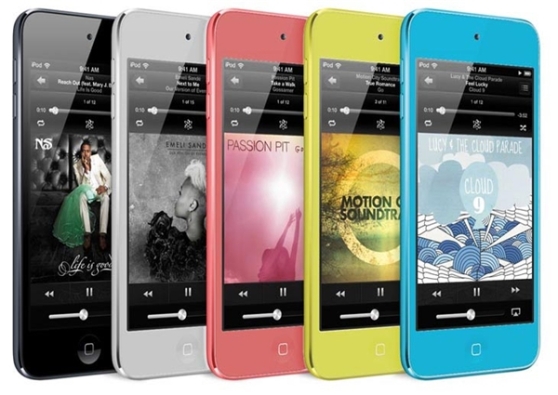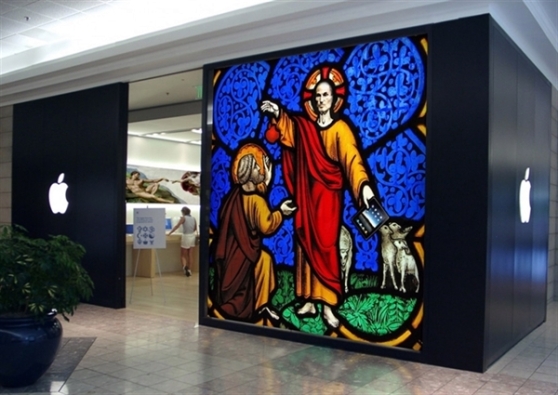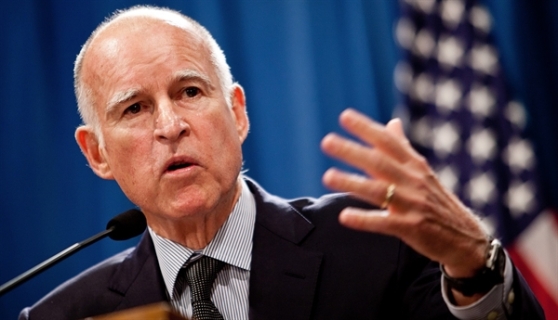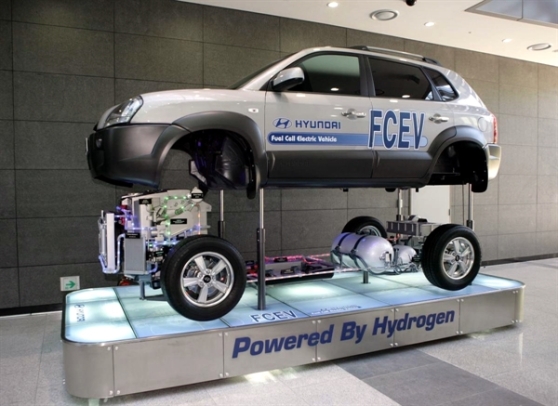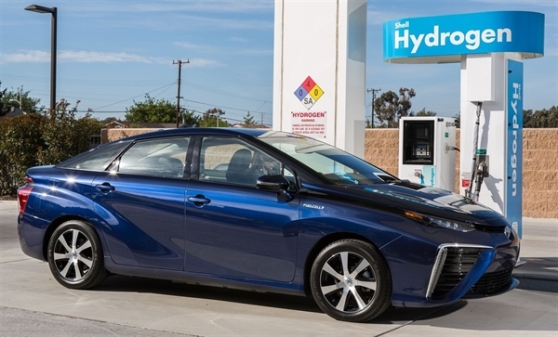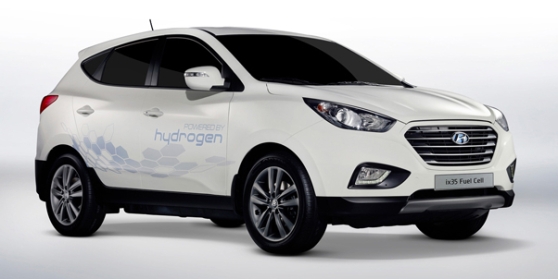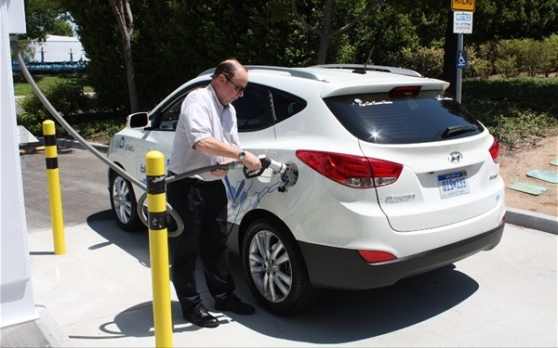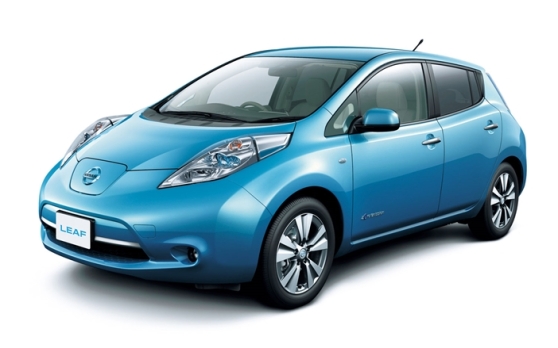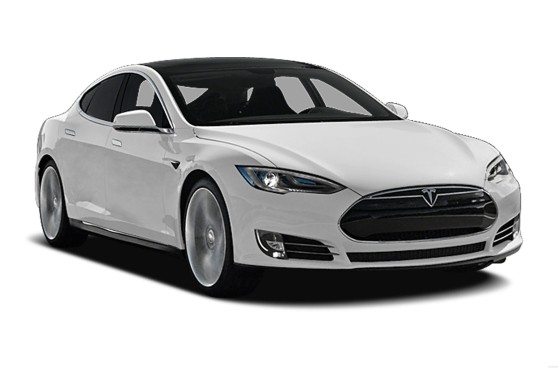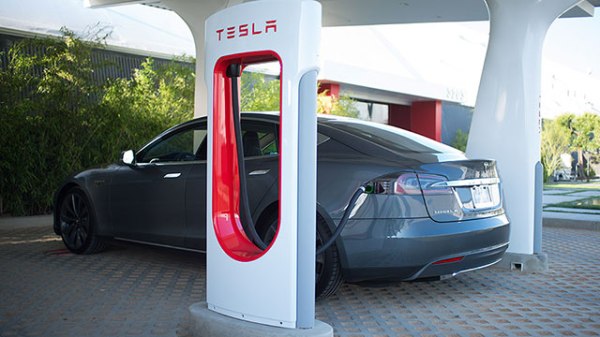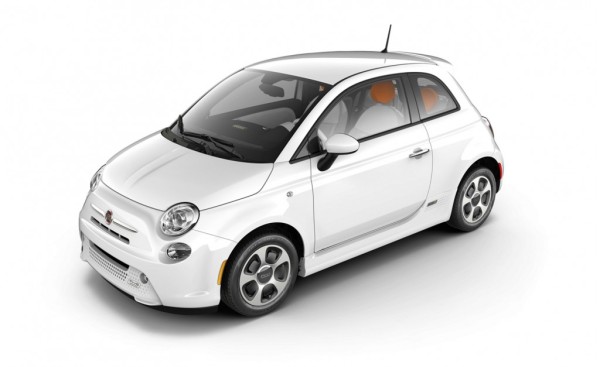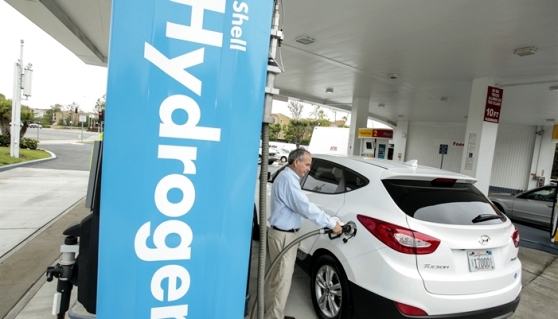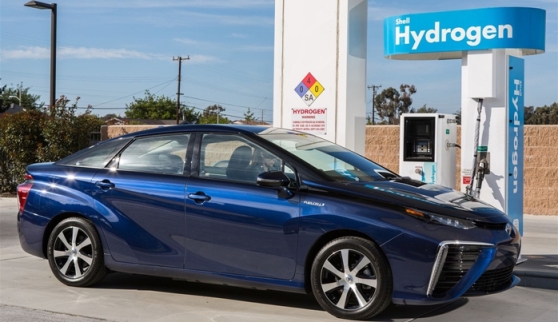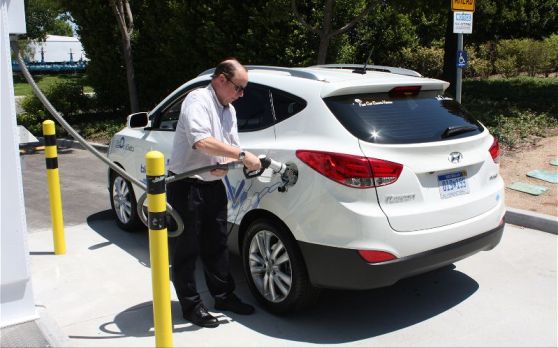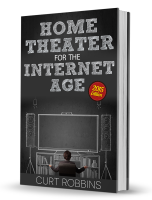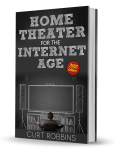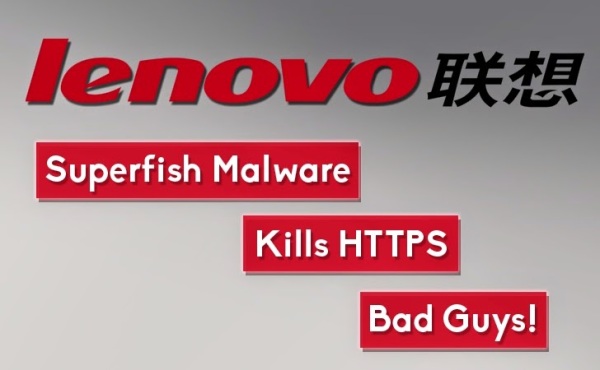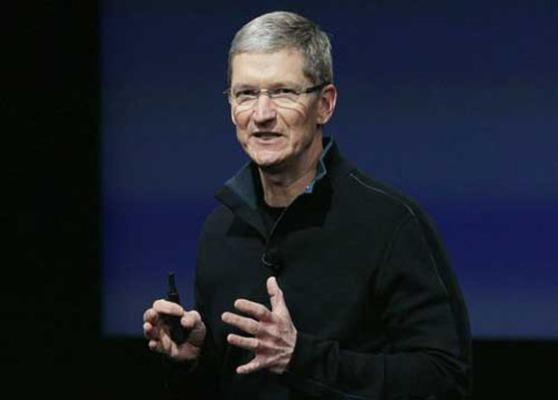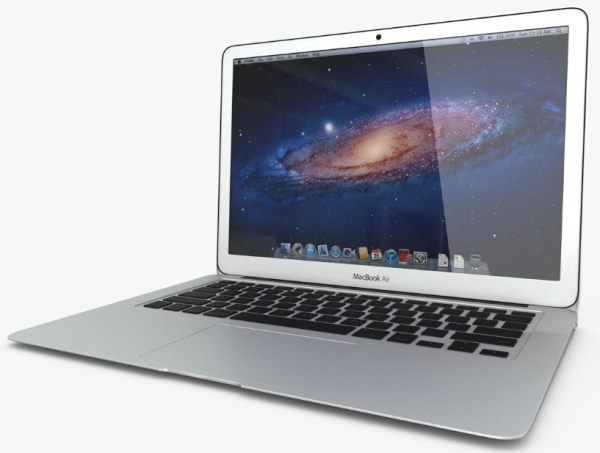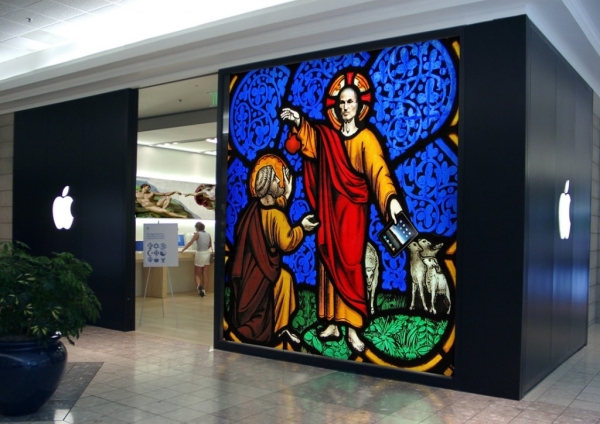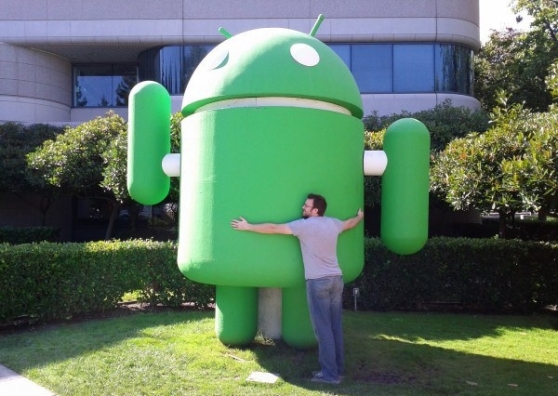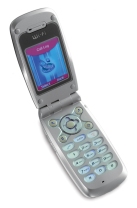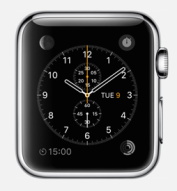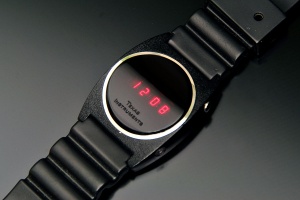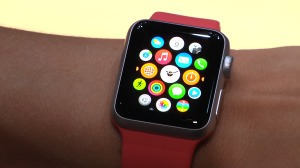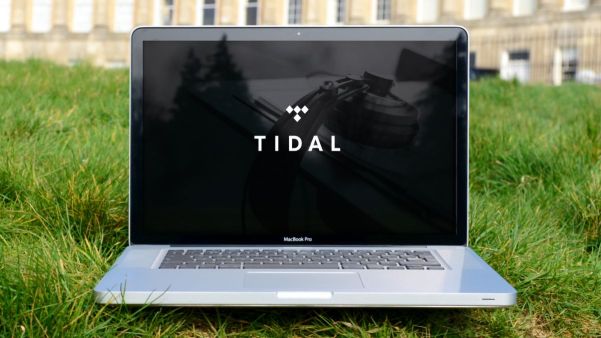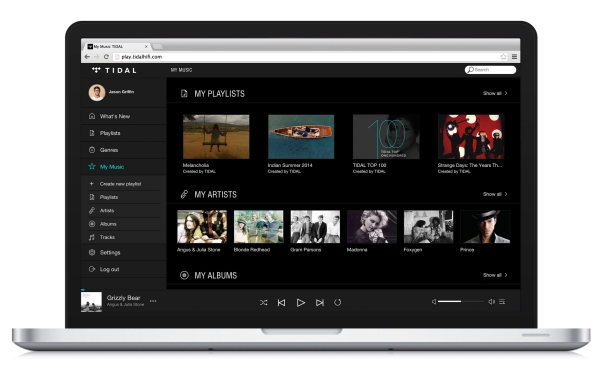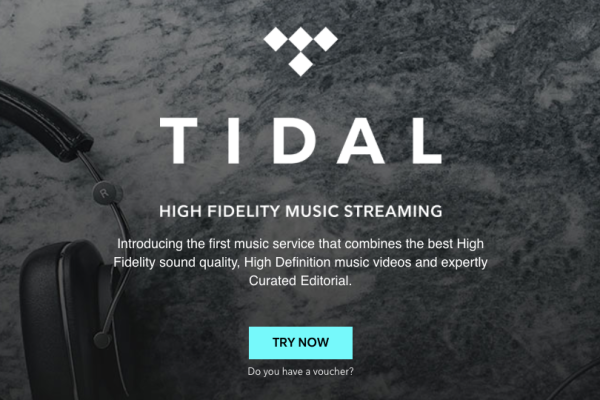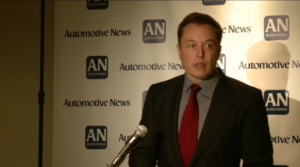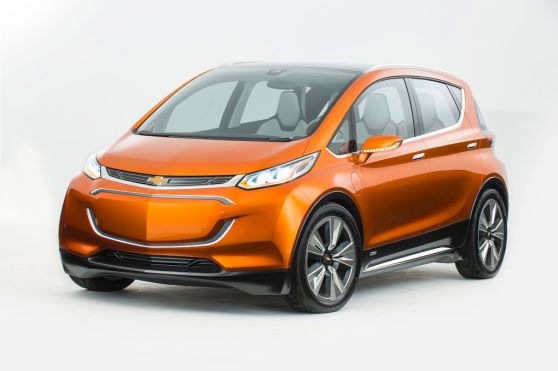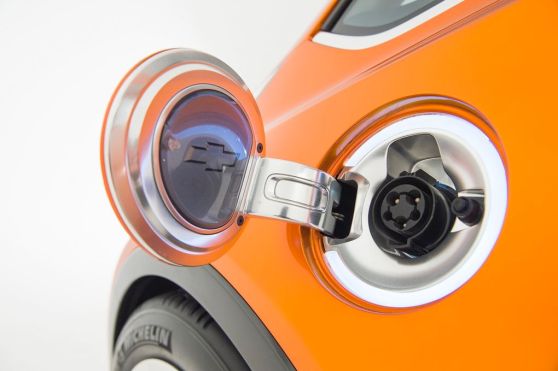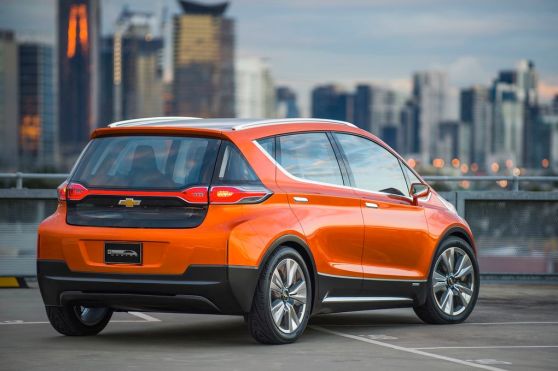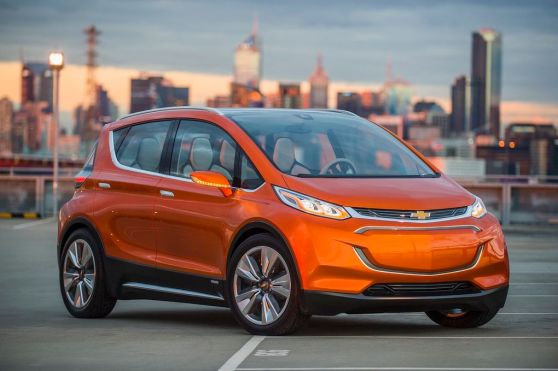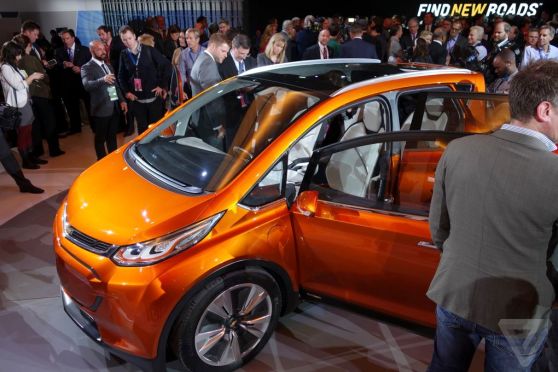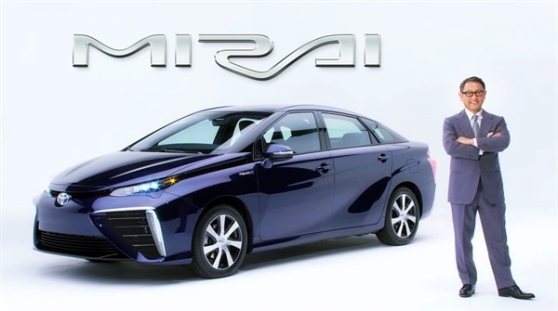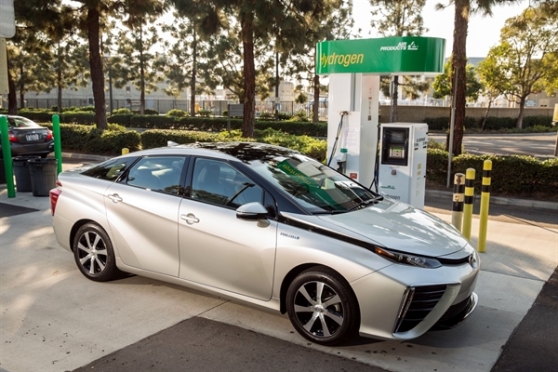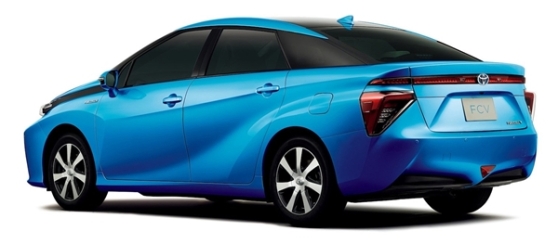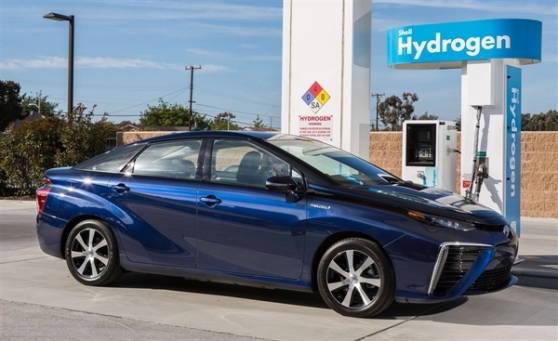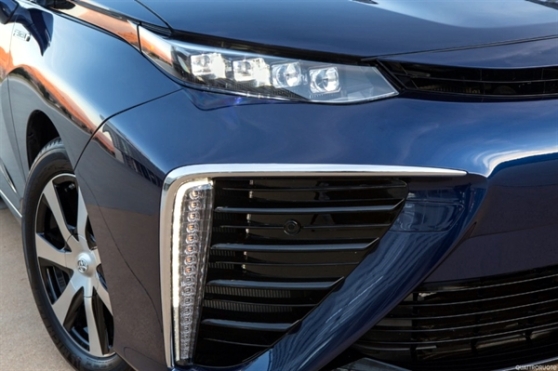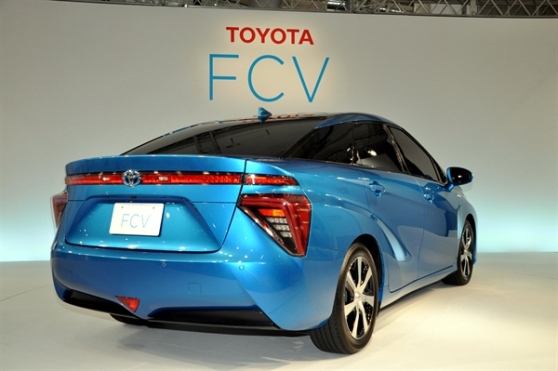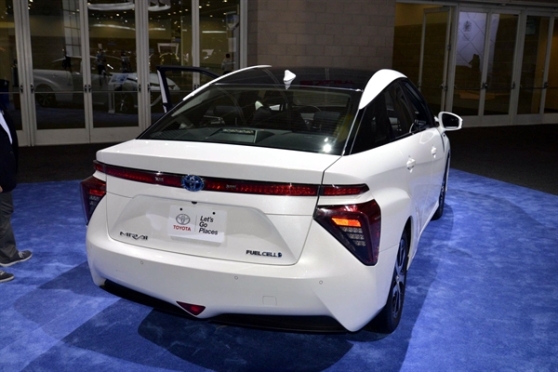[Updated September 18, 2015.]
Yes, Virginia, advertising is hurting your career. Well, not just ads, but also crap content. You know, the Twinkies of text. Empty mental calories. It’s all serving to dull your edge and tarnish your chances of getting a promotion and that new BMW.
I know. It’s almost un-American to publicly proclaim one’s hatred for advertising. Maybe I’m weird. Or difficult to please. But I simply hate ads. In Don Draper’s world, he would have already paid someone to snuff me.
About ten years ago, my wife and I did the cord cutter thing, before anyone was familiar with the term or it was a trending topic. Removing Time Warner Cable from our home saved us $95 a month (which has added up to about $11,000 at this point, more than enough to pay for my fancy British speakers). More important, it also eliminated the obnoxious ads that used to emanate from our TV and derail our thoughts.
Next, I quit playing the radio in my car. In fact, I’ve never played the radio in my current vehicle. As a music lover, it was easy to fall back on compact discs or plugging in my iPod. This freed time to think about career strategies and current projects or listen to educational podcasts, leveraging that valuable and quickly accumulating commute time…as opposed to being mentally jostled by mediocre voice actors trying to sell me carpeting or tires.
But what about those pesky web-based ads, like the stuff you see on Facebook and other sites? For a long time, I simply tolerated them. Crap about online games, celebrity cosmetic surgery blunders, and impossibly low insurance rates dominates the ads of many sites. They’re ugly, obnoxious, and—most significantly—distracting.
This advertising is very carefully crafted to appeal to basic human psychology and steal our attention. I’m typically not the smartest guy in the room, but I try to remember to plug in my brain each morning. I find these ads to be almost surrealistically insulting to my intelligence.
Everyone uses the web differently. Personally, I use it mostly for research. Sure, a bit of social interaction and certainly some entertainment (Netflix, HBO Now, and YouTube are always a click away). But most of my activity is doing research for my freelance writing and books. In this capacity, ads are especially painful because of their distraction.
I’m trying to get work done that directly impacts my career, not have my retinas barraged by frivolous promotions for products or services that in no way help me reach my goals. It’s highly ironic that my laptop and broadband connection, the “work truck” without which I simply can’t do my job, are laced with ADD-inducing ads designed, nay engineered, to derail me from my daily thoughts and work.
It’s as if I’m on a diet and, on every work commute, I lose control of the Ford F-250 I’m driving to the job site as it autonomously pulls into a Dunkin’ Donuts and someone at the drive-thru shoves a double glazed into my yap.
Thus, last year, I installed an ad blocker in my browser. The particular one I use is fast, effective, and doesn’t slow my computer to a crawl (like some products). But, most importantly, it eliminates hundreds of ads from reaching my eyes every week. No matter how subtly, those ads are very carefully orchestrated distractions designed to suck away my focus from the task at hand (in my case, research for writing projects). If I’m investigating solar energy, for example, I don’t care about Toyota’s latest subcompact or, worse, celebrity dieting tips.
Before you cry foul and accuse me of undermining American democracy or being anti-capitalistic, realize that I’m willing to pay for information services instead of receiving a slew of ads. After all, these companies have to pay the bills somehow—and I’ve never believed in the theft of intellectual property. Often, however, service providers don’t offer an ad-free, paid option.
Take Flipboard, for example. This popular media aggregation app for mobile devices is available free. Unfortunately, there’s no subscription option or method for avoiding advertising. However, the full-page national ads it features are tasteful and professional. There’s no creepy caffeinated car salesman screaming “Sunday, Sunday, Sunday…Everything must GO!!!” at the top of his lungs or the “10 Biggest Celebrity Bikini Disasters” lurking in wait to put me into an epileptic fit.
For those of you unfamiliar, Flipboard displays your hand-picked media sources (from a large collection, in categories like News, Sports, and Tech & Science) in a collage of square tiles that “flip” when they’re automatically updated. I’m pretty picky about my news sources; most are related to consumer tech (like Engadget, Ars Technica, and Gigaom).
But then I noticed something funny: Articles were appearing from an undesired business news outlet I hadn’t selected (which I’ll leave unnamed, because it pays promotional fees to LinkedIn, the gracious home for my Pulse posts). Let’s just say I’m not a big fan of this news source and its use of click bait headlines, hyperbolistic language, and shoddy editing (and no, it’s not the Huffington Post).
In fact, respected tech entrepreneur and venture capitalist Jason Calacanis called this news organization “the masters of linkbait,” adding, “That’s what the link-baiting press does today: They literally make shit up to get you to click the headline.”
It’s this type of trash content that blurs our vision, steals our focus, and doesn’t plant intelligent thoughts. You don’t need to have a journalism degree to find such media sources a waste of mental bandwidth, many of which don’t even try to edit their content (do you hear me, Gizmodo?). Few would disagree that, intellectually, we are what we eat. Doesn’t the quality of our thoughts, spurred by what we read and hear, heavily influence our careers and livelihoods?
I’m not one to tell a business how to run itself. As I’m always preaching, I can easily dump Flipboard and adopt a competing service. The stealthy appearance of these unwanted, smarmy articles in my Cover Stories most likely means that Flipboard is receiving promotional fees from this media outlet. I didn’t select them. But they’re also not ads.
Very sneaky, guys.
Some media outlets get it, though, offering consumers the option of paying more for fewer ads or their complete absence. Hulu Plus, for example, the popular video streaming service that delivers current-run television shows to one’s living room or mobile device, recently rolled out a premium level that eliminates all ads. Customers content with commercial interruptions pay $8 a month, while those like me who value our mental liberation pay a measly $4 per month more to rid our entertainment of them. Now Parks & Rec is interruption-free. Ahhh, sweet bliss.
Pandora is another example of a service that provides consumers with an option. The free version of this uber-popular internet-based music discovery service delivers obnoxious local ads for dating services and car dealerships, but for a mere $36 per year, these ads can be eliminated entirely. A cheap price indeed to keep the music flowing and avoid the distraction and frustration of those obnoxious ads.
The combination of my ad blockers, Hulu Plus, and the fact that my other media and entertainment sources are already ad-free (like Netflix, iTunes, and HBO Now), means I now have a completely ad-free life, both professionally and personally. I have finally reached an ad-free nirvana.
Despite small setbacks like Flipboard (and the fact that my wife always leaves the radio on an obnoxious FM radio station whenever she drives my car), I’m happy that, in the year 2015, we’re able to so thoroughly eliminate ads from our lives. All while improving our work productivity, enhancing our home lives, and boosting our household budgets by cutting the cord.
Try to rid your life of distraction, in the form of ads and worthless click bait media content. You’ll be surprised how it allows you to focus on the things that really matter—like your work, career, and family.
Curt Robbins is author of the following books from Amazon Kindle:

- Home Theater for the Internet Age ($9.95)
- Understanding Personal Data Security ($4.99)
- Understanding Home Theater ($4.99)
- Understanding Cutting the Cord ($4.99)
- Understanding Digital Music ($4.99)
You can follow him on Twitter at @CurtARobbins, read his AV-related blog posts at rAVe Publications, and view his photos on Flickr.






